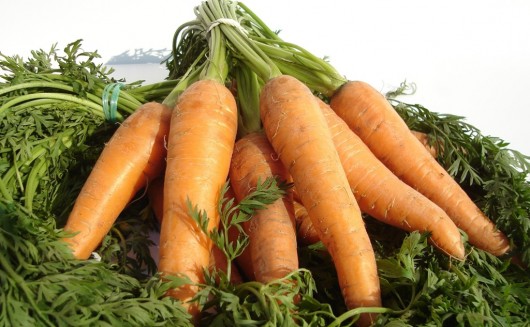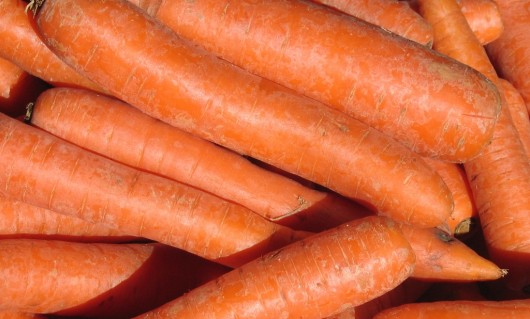Which Fruit Has The Most Sodium?
What is Sodium?
Sodium is a naturally occurring element that can be found in many sources of food. Sodium is used by the body to regulate the volume of the blood as well as to regulate blood pressure. This element is also critical for the proper function of muscles and nerves throughout the body. Sodium is found in most foods and the most common form is sodium chloride, also known as table salt.
Sodium in the Body
It is important to have the right amount of sodium intake to allow the body to function properly. If a person ingests too much sodium, there can be negative effects, such as high blood pressure or the build-up of fluid, especially in those who have cirrhosis or congestive heart failure.
Dietary sodium is always measured in milligrams and the daily recommended allowance for adults is 2,300 mg per day. People who suffer from high blood pressure should not exceed 1,500 mg daily.
Sodium can help to prevent dehydration as it maintains water and electrolyte balances in the body. More than 80% of sodium in the body is found in the blood and the levels are controlled by the adrenal glands.
It is uncommon for people to suffer from low sodium levels, but this can occur as a side effect when taking certain medications that promote urination. Heavy sweating, vomiting and severe diarrhea can also lower the levels of sodium in the body.
It is important to have the proper amounts of sodium so the nerves and muscles continue to function optimally. Sodium levels can often be controlled by adjusting diets and there is usually little to no need for medications.
Top Fruits For Sodium Content
The amounts of Sodium are given for 100g of each fruit.
1 Carrot 78,00 mg
2 Melon (Cantaloupe) 16,00 mg
3 Mulberry 10,00 mg
4 Mangosteen 7,00 mg
5 Elderberry 6,00 mg
6 Passion Fruit 6,00 mg
7 Tomato 5,00 mg
8 Kiwi 3,00 mg
9 Papaya 3,00 mg
10 Jackfruit 3,00 mg
11 Pomegranate 3,00 mg
12 Blackcurrant 2,20 mg
13 Lemon 2,00 mg
14 Grape 2,00 mg
15 Lime 2,00 mg
16 Mango 2,00 mg
17 Tangerine 2,00 mg
18 Guava 2,00 mg
19 Cucumber 2,00 mg
20 Durian 2,00 mg
21 Cranberry 2,00 mg
22 Blueberry 1,00 mg
23 Pumpkin 1,00 mg
24 Banana 1,00 mg
25 Watermelon 1,00 mg
26 Lychee 1,00 mg
27 Strawberry 1,00 mg
28 Redcurrant 1,00 mg
29 Gooseberry 1,00 mg
30 Raspberry 1,00 mg
31 Blackberry 1,00 mg
32 Apricot 1,00 mg
33 Fig 1,00 mg
34 Pineapple 0,30 mg

